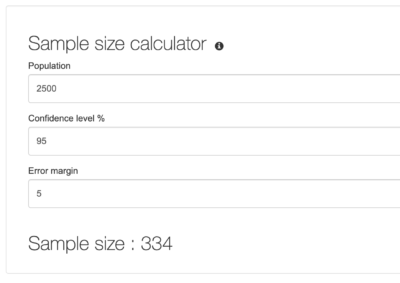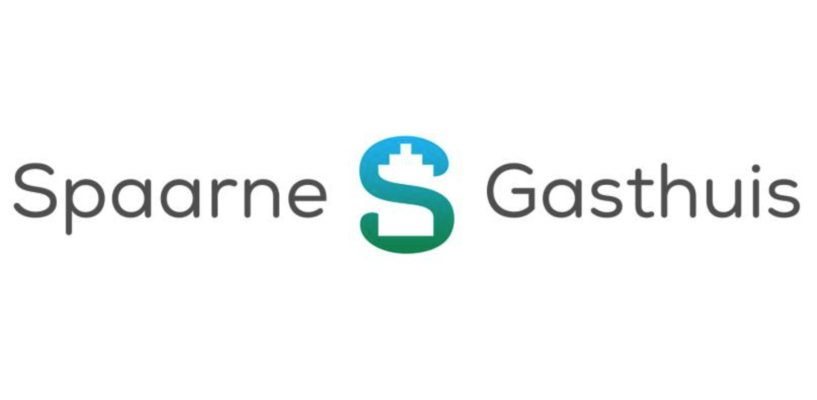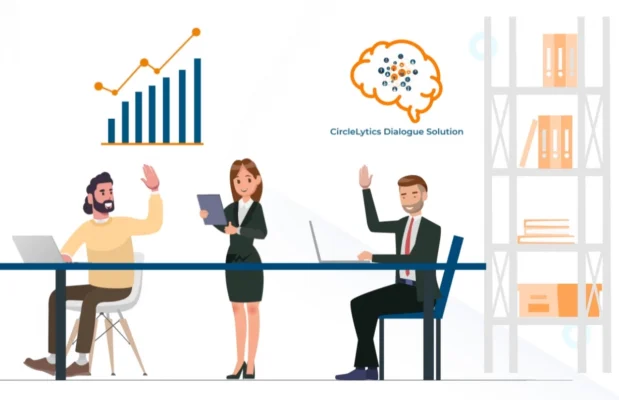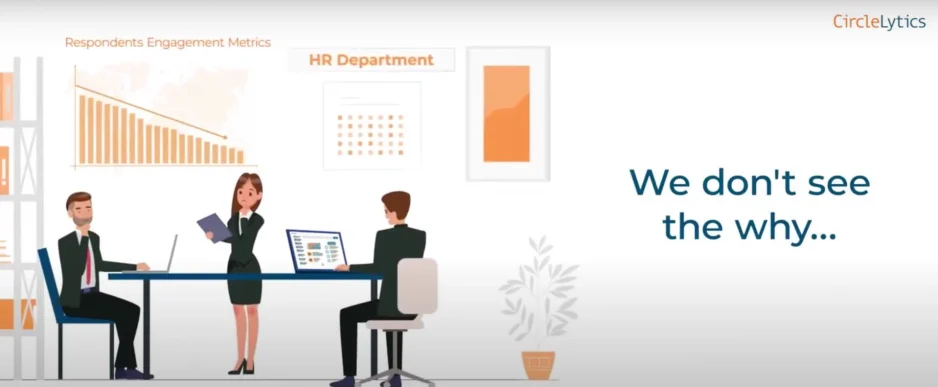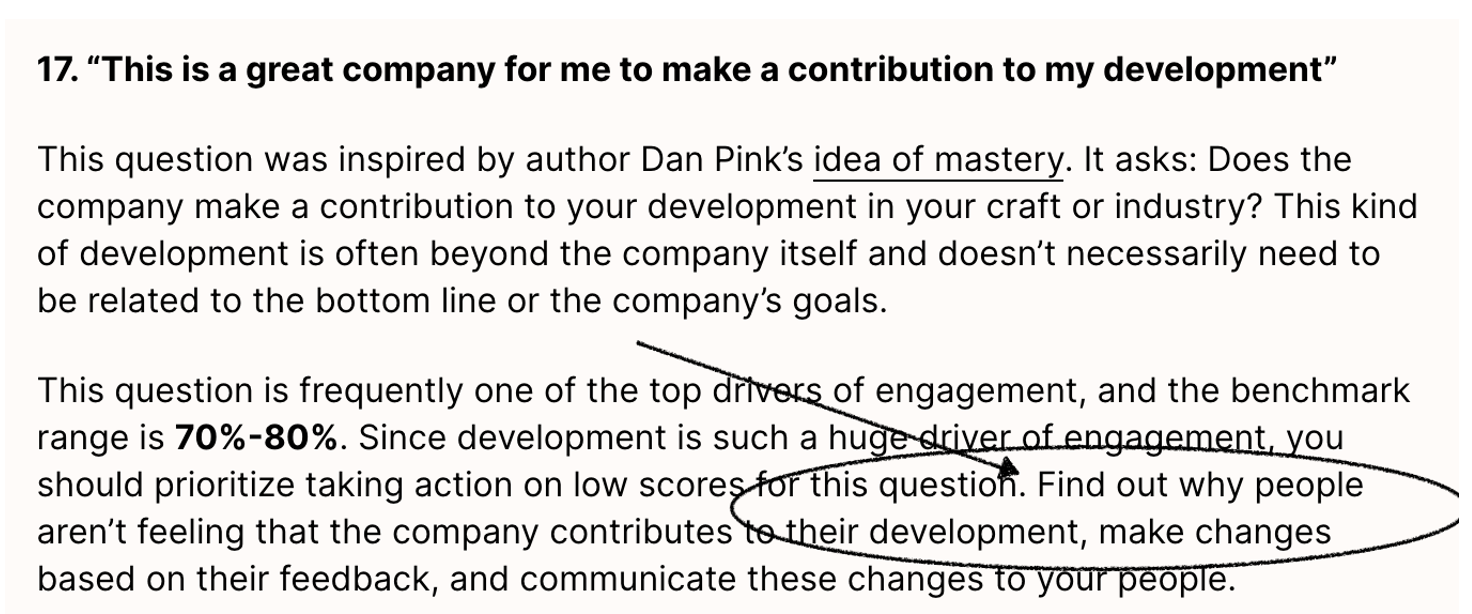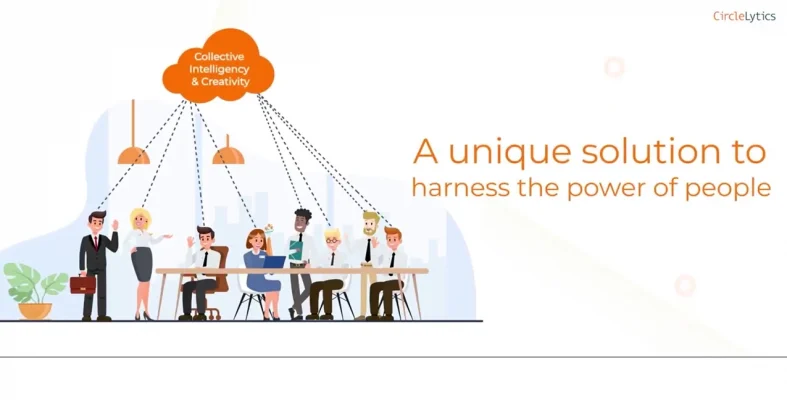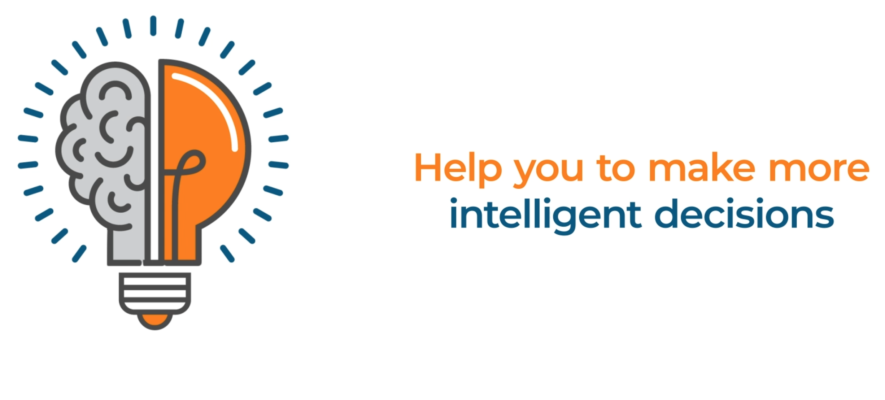People like open-ended questions so that they can tell another person how they see, experience and mean things. People are also very curious about how others think about something. Our brain not only seeks out routines, but also new things. This keeps our brain fit and energetic and we learn from it. During changes in organizations, being open to something new is crucial; this is how employees keep an open-mind and they learn that you can look at and think about something in different ways. Employees are more likely to accept change in the organization if they are open to others, and if they are involved in what is important in the organization. Involvement secures change.
Request demo
Employee engagement has been one of the hardest-growing and most important priorities for organizations, and HR, for years. Organizations usually use surveys to ask employees questions, such as about their engagement, retention, how they view the organization, value their manager, etc. However, employees have grown extremely tired of those regular surveys, and until recently there were few alternatives. The survey consists of one round, which means that what makes people so happy (being allowed to tell their own opinions and learn from those of others) does not take place. Such a way of engaging employees, with one round, does not move people or change forward. The brain needs a night’s sleep and likes to learn from others, only then to really know how it thinks about things. CircleLytics Dialogue therefore consists of two rounds, with a total of three steps to secure what people and organizations so desperately need. A survey was only half the truth, and now you have the other half. Participants learn from each other and react to each other’s answers in our built-in 2nd round, scoring them up, but down is also allowed. You discover what the group wants and what the group does not support, and why. In summary, the power of dialogue compared to the survey boils down to the following:
– it is smarter to use both open-ended and closed questions, rather than just closed questions
– it is more logical to ask specific questions about our own organization than general questions that are not relevant
– it is more appealing to ask questions about the present or future, rather than the past
– it is more reliable to have open answers read and valued by employees themselves rather than by an algorithm
– it is necessary to stimulate a culture of connection and willingness to learn and change
– it delivers more meaning and success and high quality decisions.
In this blog, we explain how to move from survey to dialogue. Put this way, it seems to be about the ‘means’ rather than the goal at hand; achieving a culture of committed people who together drive the organization forward. When you move from survey to dialogue, you move from a vision of employees as individuals, as resources in an organizational chart, to employees connected to each other like a living, learning, changing network. In this, dialogue is a more intelligent technology, a social innovation, to achieve such a culture. Dialogue requires structure, direction, phasing and completion. This is a continuous process, because we remain in dialogue. Listening to each other and understanding what that produces, based on intelligent questions from management and HR are essential in this.
We sometimes compare the CircleLytics Dialogue to how you cross the street; you ask your brain if you can. You don’t ask many, individual neurons, but your brain as a network of neurons, synapses and astrocytes. That network brings the answer through your directed question “how can I cross safely”. Our brain is not an organizational chart. Neither, however, is your organization: through collaboration, interaction, inspiration and mutual learning and adaptation, people form an unprecedented network, a brain. The single-round survey method views employees as individuals in an organizational chart, who individually “know something” and collect, add up and present that in a dashboard, not doing people serious justice. Together, we are a complex, rich, intelligent and learning network.
Dialogue, where you seek each other’s opinions, learn from them and arrive at better insights, is exactly what takes place in networks. You can track the interaction, and the richer insights developed in that network of individual contributors, collect data from it and aggregate it. That collective intelligence is many times richer than adding up the individual intelligence of a survey. The human brain revives from other perspectives and ideas and that spurs learning, from getting a new idea to an improvement on someone else’s idea. Or something no one thought of at first, but now collectively does. That’s called emergence. Steve Jobs talked about “serendipity”; chance encounters that result in unplanned discoveries. Diversity of thought.
CircleLytics Dialogue offers the latest technology to deal with such a network. But how do you make the switch? We’ll start with a story from a customer to show how simple it is. Technically silent. Employees become a good deal happier, because it fits so much better with how we already work and are in our nature: we were always a network, a collaborative set of diverse opinions and ideas. It also makes management, HR and the Works Council a lot happier: you remove partitions and connect people with people, with issues that matter.
An organization working with our dialogue still has a contract with a survey party, due to a government-wide tender. It has nevertheless chosen to discard it for two reasons. First, employees no longer want a survey. Second, staff and management indicate that there are too many current and future issues to sort out and improve together. Questions that look back and are about the past no longer motivate them. They took four relevant questions from the old set of 50, put them in CircleLytics, with closed (score) scale and open answer for clear explanation or improvement suggestion. And, we designed and added 3 additional open-ended questions that respond to current events. That is their new employee listening: dialogue in 2 rounds. Seeing each other’s answers, reflecting on them and scoring in round 2 ensures weighted results, for support and for happy employees, HR and managers.
You can also do nothing. Stick to the vision and your tools
This is exactly what a number of organizations are doing. HR often still has reasons not to let the fatigue in the organization and among employees be decisive and stick to the old. We disagree. Moreover, don’t forget that in our platform you decide for each question whether it should be open-ended, closed, or a combination, and whether to turn on the 2nd round, and even let participants reenter the closed scale. The survey or dialogue has become a semantic discussion. However, in the CircleLytics platform, you can simply choose whether a question gets a text field and the unique 2nd round, or whether you ask a closed question, such as a Likert-7, a 1-10 or multiple choice. A regular survey platform does not offer these options; you are forced to limit yourself and employees to 1 round. you don’t get a natural language understanding of round 2, meaning no weighting/prioritization by people themselves. We believe flexibility is important in this day and age to serve managers, employees and HR quickly and dynamically. As far as we are concerned, forget the word survey; it starts with your vision of people and change. How you want to connect them and gain reliable insights that lead more easily to impact. After that, you can start designing themes and questions, choose scales, set text fields and the 2nd round.
Reasons cited by HR for still sticking to surveys with just one round (also read dialogue after employee surveys or replacing the old survey):
- “A contract is still running” -> we say: break it, or accept as sunk costs and allow renewal and at least start immediately to introduce dialogue
- “All kinds of reports are attached to the survey” -> we say: with unreliable information like survey results, your reports are not reliable either, department managers will get reports that cannot lead to decisions that lead to supported action and desired behaviour
- “Benchmarking is very important” -> we say: general questions are non-specific, whereas your people, context, market and organization are specific and do need specific questions to measure, increase engagement and solve problems; benchmarking is more relevant over time and between departments or units, but that is internal benchmarking, so you can let go of the fact that you need benchmarking with the external organization
- “Our HR team is used to it” –> we say: you get used to dialogue after just one time, results are immediately available and executable, and employees find dialogue attractive and are happy to participate in it; you get used to it quickly and you will have to put the employee and organizational interest at the forefront of your HR team’s mind, in our opinion
- “No budget” -> we say: for quality, demonstrable commitment and better performance and development of your organization, you can always free up budget; you can start a pilot with as little as €2,500, to have evidence in your hands for further budget requests within a week.
Pay attention to whether you still need to overcome one or more of these hurdles and take people and resources through this change. Keep your eyes on the ball; employees and managers no longer want surveys. In CircleLytics, you decide how to design the question per topic, per question. So if you want to measure the temperature of your organization with scores, you can do so, also in CircleLytics. By asking directly for improvement, explanations and tips in the process, you deepen the score results and understand what is behind the numbers. If your organization does not want to stop the survey provider (now), we recommend considering the survey (engagement survey, MTO, MBO) only as a temperature measurement. After that, you still engage in dialogues with the departments, whose survey has shown that there is a problem. Surveys can then signal something, but dialogues with employees lead to solutions and decisions.
From survey to dialogue is a change.
For employees first
Yes, dialogue is a change, and for employees, a very positive one. Every first dialogue gets off to a flying start with a good introduction if you design it with our tips. Research shows that dialogue with employees has a huge, positive impact on their engagement. Dialogue engages them in issues, they become co-creators, it becomes theirs. They get to work together, to achieve results. The insights from dialogue are given meaning and priority by the whole group.
What do they have to do in practice? They receive a link and click on it, without the need to download anything or create an account. They will receive another link for round 2 a few days later. Both rounds will motivate them tremendously and you get the chance to be open to their opinions and what they think of other opinions, giving them serious influence. Their activity is very high and the rating for the dialogue is a 4.3 on a scale of 5. According to employees, it is “a relief”, “finally” and “it really feels like doing it together”. Other important changes are:
- They can safely (anonymously) tell what is important, or even be a bit critical
- Stronger sense of ‘we change together, not alone’
- Less resistance about decisions because they have influence
- Instructive because they learn from other opinions (collective learning).
In short, your story to employees is a good one; not a survey but a handful of real (open) questions; they can learn from each other and influence their work.
What change does this require from managers?
Managers are very happy with dialogue. Surveys look back and do not clarify priorities, whereas the impact of dialogue is to look at present and future in particular and come up with priorities. What managers need is the security that work can be done smartly, smoothly, and in an inspired way. They used to get a rigorous report after a survey, with no qualitative, weighted interpretation, nor actionable, reliable recommendations. Now they get a summary of key solutions and recommendations from employees that they can start working on immediately and have demonstrable support for. Managers leave quite a bit behind regarding topics like retention, L&D, D&I, safety, growth, etc., and that is good news. Read how this manager at Philips learned through 3 dialogues in 2 months how the transition was for him and how it accelerated his work and how he could make quicker and better informed decisions. Partly because employees tell what they reject and why.
“With this dialogue, I had evidence that the answers were also the most supported within my team. The least supported answers also emerged from the CircleLytics results. That too is information you can use. When making decisions and weighing up options, you also want to know understand the risks.”
Managers get clarity and commitment from employees. That 2nd round is decisive in this; it shows where employees stand and why. This delivers:
- Most supported and most rejected themes and suggestions: never guess again
- Understanding risks and potential resistance
- Non-threatening for managers: focus on recommendations, tips, improvements
- Dialogue can be ready in days: you can take action quickly and immediately.
Make sure you include managers in these benefits and set up pilots in departments, teams, business units or regions so that they get direct exposure to results and happy employees. You can spread these initial success stories throughout the organization. We are happy to set up these pilots with you and deliver the good news together.
What will be different for HR, and especially for People Analytics?
For HR and the PA team, things do change and you will have to pay attention to that. If you consider employees as a living, learning network and deploy dialogues, it will have different results.
The basic points for any dialogue:
- Focus on a few themes, using roughly 3-5 questions per dialogue
- Combine closed scale and open-ended question in one: what, why and how to proceed
- Designing an open-ended question is a skill and goes beyond ‘Explain’
- Open-ended responses are ranked and given meaning by people themselves.
You will spend considerably less time processing textual answers. After all, this is done by the employees themselves in the 2nd round. This round brings them new thoughts, they don’t hold on to their own opinions unnecessarily as a result, and HR gets everything back ranked according to scores from the 2nd round. Your team can now be deployed for follow-up, assigning ownership of (partial) results and preparing new dialogues. Unlike surveys, you remain in dialogue with employees. This is ongoing.
What activities should be implemented, procured and/or supported by CircleLytics?
- Selecting topics for dialogues and planning them over time
- Designing questions by topic (our 700+ validated questions help)
- Determining ownership of results by topic/question
- Analysis of results (15 min to 3 hours per question)
- Creating partial reports (standard from CircleLytics)
- Follow-up monitoring.
The big difference is that you regularly deploy dialogues, the time to analyze lies mainly with employees, and follow-up can be done easily and quickly because you have qualitative results instead of just graphs. Your organization can work at a different pace and adapt faster to internal and external changes and demands. The use of dialogue means the commitment to a different culture. A culture of cooperation, mutual trust, a learning network, commitment and high agility. Dialogue is much more of an intervention of employee behaviour and thinking. It also prevents overlooking things, or making wrong decisions based on incomplete information.
We are happy to share another example:
An organization with 3,000 employees asked for HR spearheads for the next 6 months. Employees mentioned all kinds of themes in the 1st round. Too many to list and too many to do them all. Where do you start? What do you not do and what do you do? And why? Because it was often mentioned? Vitality, for instance, was hardly mentioned in the 1st round, only by 6% of employees. With nice, interesting justifications attached, still only 6%. Topic modelling and other ways of natural language processing delivered other themes. After the 2nd round, however, these themes no longer appeared important! Employees started reading and scoring the opinions of others, which revealed that more than 65% of people overwhelmingly supported the minority’s ideas, with 90% of their scores for ‘support’ to put vitality on the agenda. HR: “we almost made a mistake by only half listening after 1 round. Round 2 is pure necessity.”
What else do we think you should look out for?
Old surveys: what do you take away?
What do you learn from old surveys conducted among employees? Were there themes or questions that are still valid? So valid that you want to keep approaching employees about them? Then collect these on a list. Are there any outstanding actions that, for whatever reason, were never carried out? Decide what to do with those. You don’t want your initial dialogue to be negatively affected by unfulfilled expectations or promises. Read what one organization did with its first dialogue.
An organization had done a regular engagement survey 2 years ago. As many as 60 questions were used. Since they had nothing but numerical reports after that, follow-up did not happen. The organization looked at the vulnerabilities; important to the organization and scored low by employees. For example, trust in managers was scored high, but trust in the organization very low. The first dialogue addressed exactly that. The management honestly said “We did not have clarity on what was meant, and therefore it was left unresolved. Because we consider your trust essential, we are coming back to you now.” They resubmitted the questions on trust and collected scores with detailed recommendations. In the 2nd round, others’ recommendations were rated by everyone with scores. The most and least supported recommendations came in a week. The HR’s MT, together with management, were able to pick up 3 themes immediately and make this visible to the employees. This made a very positive impact!
What else can’t or shouldn’t you ignore?
Every organization makes policies and strategic plans, has to deal with regulations, laws, covenants, agreements with the works council, unions, industry agreements, etc. Moreover, the organization’s management may have a vision of culture and how it wants to deal with people. For example, you see a huge growth when it comes to “listening” and “asking questions” as traits of new leadership. They are more aware of the importance of a “networked community of people” and the potential of collective intelligence and co-creation.
Dialogue can be used to retrieve this information from the top of the organization. This allows you to safely and quickly find out well what lies ahead, what is important and why. Interviews with management can uncover themes based on their view of people and culture and their own leadership style. First, talk about how dialogue is different from a survey. CEOs would rather see things resolved, with employees showing high commitment, than a survey report, but explain that to them first. Moreover, once CEOs realize how dialogue strengthens visibility and leadership, they may want to seek ownership of the dialogue and have it sent from the board. In the coming years, we believe they will increasingly be the ones asking questions directly to all employees. CircleLytics Dialogue expects CEOs to increasingly take the initiative when it comes to employee listening and delegate it less to HR. Especially when they realize that by doing so, they are driving change and influencing culture and behaviour. Asking open questions, learning from each other’s answers and coming to co-creation together also leaves CEOs with the sticking point of survey fatigue, low trust and low commitment to change.
In other words, from a top-down perspective, what are the requirements from which you extract themes that you want to steer, monitor, understand, change or base interventions on with dialogues?
You have now done the preparatory work and made a list of themes.
The next step could be to present these themes to internal stakeholders (board, HR, Works Council and other management layers) through dialogue. You can ask which are most important and why, which are least important and why, what is missing and should not be missing. This allows stakeholders to tell you anonymously and honestly what they think of the themes for the organization. The result is that you have a nice, condensed list of themes that have internal support. At least …. support among management…. Now all that remains is support among employees!
Look at what this organization did:
“CHRO: the board, HR as well as the works council set up themes. How can you do research, and engage with employees on themes, if you haven’t asked them what they think is important? So we went to the employees with our (top-down determined) themes and asked what they think is important ‘on behalf of the organization and why’. After all, I consider employees to be the organization because they organize the work and determine with their behaviour what becomes successful. As a result, we found the optimal set of themes.”
So engage with employees. For example, ask them using multiple-choice questions which topics they think are most important from the list you have now, and especially why they see it that way using the open text section. Ask what is missing and should not be missing according to them. The 2nd round ensures that it is clear and reliable which theme is really considered important by the group and why they see it that way. Of course, you can’t figure that out yourself when you receive 1,000s of themes from round 1; you really need the help of 1,000s of employees for that. It is also a wonderful launch of your first dialogue and introduction for yourself and your team, by the way. You can also ask this question (what is missing and why?) at the end of each dialogue and repeat it regularly.
Now you have a final list of themes, supported by all stakeholders.
Repeat the above process every year or more often if necessary. In doing so, stay current and close to your organization and market, and close to your people. The next step is to determine which themes are so dynamic that they need to be surveyed more often throughout the year. Create a matrix in which you plot themes against target groups; these can be all employees, or for some themes, specific groups, departments. You can put the frequency in the cells of the matrix itself. Keep in mind that for each dialogue you should check whether there is a current theme that needs to be surveyed, and whether a theme is still not relevant now. This way, you ensure that employees have a much better experience; it’s about something that is really going on, and not ‘because it was on a list we want to repeat every year’.
Now you can assess the regular use of dialogues. Assume you design a maximum of 2 questions per theme. Keep in mind that you usually combine closed scale and an open answer. That is the strongest combination and provides numerical insights and qualifiers. That calculation brings you to a total of themes and questions. Keep the number of 5 as the optimal number of questions per dialogue. Less is certainly possible; more is sometimes possible. In your matrix, which we mention above, you can indicate in the cells in which month or quarter that theme falls for that target group.
The final steps!
Determine the owner for each theme you want to question; the person who will act on the results concretely and directly. Involve this person in the question design (the question is essential) and receive the results for the fastest possible follow-up.
The data is processed in real time mainly by people, the platform and algorithms. Owners can therefore get to work quickly with meaningful, clear results. That is important. Our advice is not to ask questions on topics that don’t have an owner. You should only ask questions about topics where you can show willingness to work with the results. Because the owner knows that the results have been processed, weighted (prioritized) and clarified by the group, the owner can work with them. This is completely different from surveys where answers are neither validated nor prioritized by the group and follow-up is not possible, other than after a long follow-up process (with no privacy for employees). Mention the owner and the (intention for) follow-up immediately in addition to your question so employees see that. This shows employees that you mean business. That you are seriously asking for their opinions, asking to validate and enrich each other’s answers. The owner is ready to act on it.
Now you can start designing questions for each theme. To do so, use our library of 700+ questions for themes such as safety, retention, collaboration, culture, D&I, etc. Or read up on our white paper “Design Rock-solid Open-ended Questions“, and read this blog on designing and setting each question in your dialogue. You can approach our team to help with the design, a proposal, or just a final check. You can always schedule an appointment directly in our calendar, demo, training or other guidance to make your dialogues successful. Our advice is to mention the owner of the topic in your question (in the additional context of your question), that way participants know that someone or a project group will work on the results which is highly motivating. You can even indicate who the sponsor is from, for example, the board of directors.
So now you have established themes, committed owners, and designed questions. The questions are divided into dialogues for each target group and staggered over time (3-6 questions per dialogue). You might hold monthly dialogues or perhaps quarterly. A quarterly dialogue is our favourite. We do not recommend a lower frequency, nor does it seem conceivable to us; there is so much to do in any organization that you need everyone’s intellect, commitment, experience and willingness to change! You can’t put that off until next year!
Finally, keep in mind that owners may hold their own dialogues as a direct result of a completed dialogue. After all, suggestions, recommendations or priorities may emerge that need further elaboration/implementation, and this is usually best done with the group concerned. It may also be the case that department managers independently conduct dialogues for current topics; these are ‘just’ their own dialogues that they can conduct at any time. You can enrich your organization-wide (e.g. quarterly) dialogues with a routing question that allows you to choose for certain themes to:
- ask the question for a topic only to a certain subgroup
- tailor the question for a topic that is specific to that subgroup.
Change for change’s sake itself. What does it mean for the organization?
Change is people work. Participation is the start and the essence of change. Because we increasingly see people as a network, any change is therefore something that involves this network and needs to be activated.
By engaging in dialogue with people, inviting them as a network to solve issues, raise awareness, identify what is changing in the market, what is needed in the team, stimulate their thinking etc., you gain their attention and trust. Trust to work out issues together creates greater agility. You start understanding opportunities and uncertainties together and come up with solutions, reactions and innovations, putting change into action immediately. This makes the dialogue and deployment of collective intelligence an intervention in itself. Besides the aforementioned stakeholders such as employees and HR, other stakeholders who can or want to deploy dialogue are project managers, transformation and innovation managers. They are constantly looking for change readiness and realization. Human behaviour and people’s willingness to adapt behaviour are driven by the extent to which they have confidence in the change they themselves have to realize.
Practical matters
– We sign your Processor Agreement
– You whitelist our IP/mail address for messaging if necessary
– You may audit our ISO 27001 certified organization
– We put your own Account on the server live, in your own house style, within 24 hours
– We can offer technical integrations, Single Sign On, etc.
The most important thing is, however, to take the step of renewing the survey method, based on 1 round, based on a renewed vision of people: as a network rather than an organizational chart. And asking people to give meaning, to help prioritize and make recommendations. The rest will then follow almost naturally.

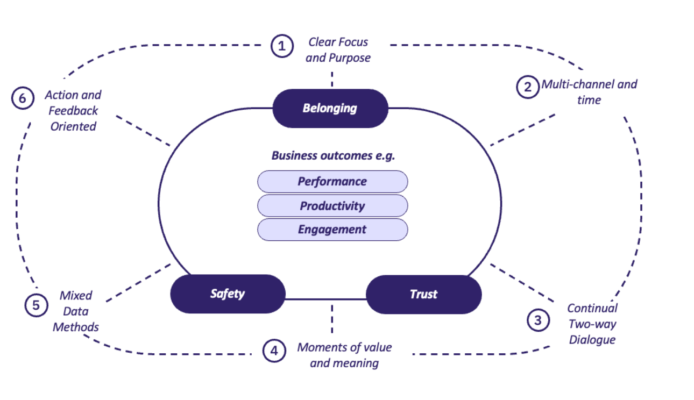


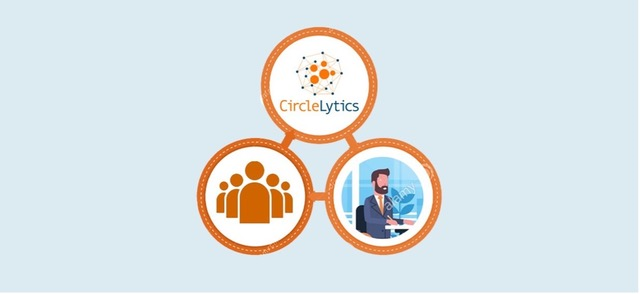

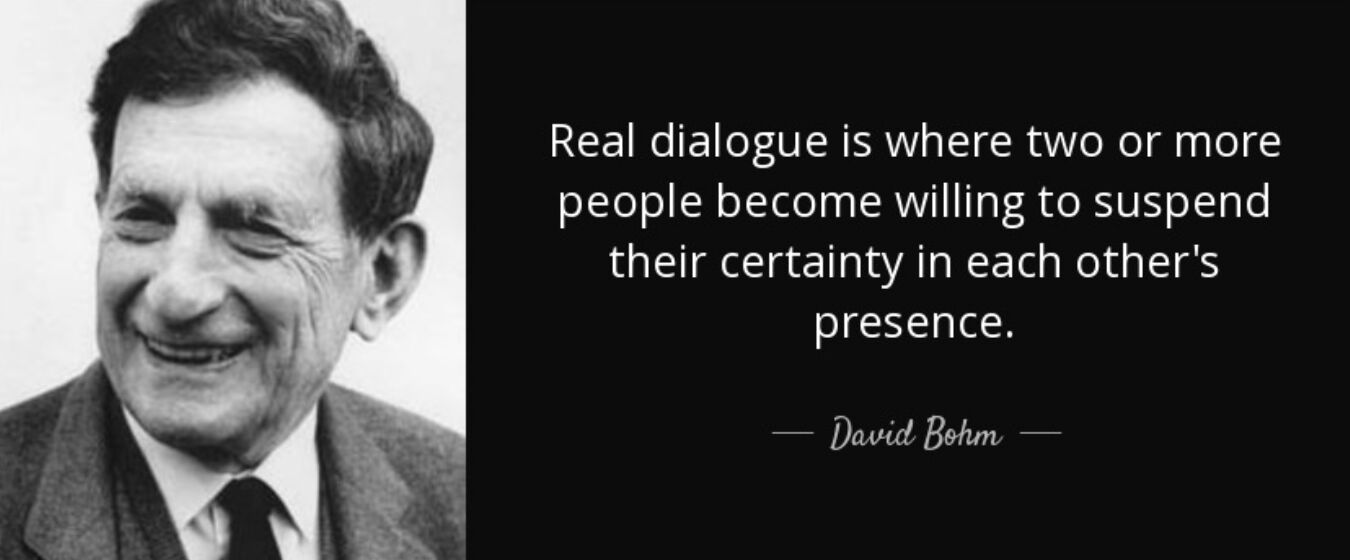 digital possibilities unlocks the special, collective intelligence of groups of people. If you want to consult more (scientific) backgrounds on this subject, you can do so
digital possibilities unlocks the special, collective intelligence of groups of people. If you want to consult more (scientific) backgrounds on this subject, you can do so 
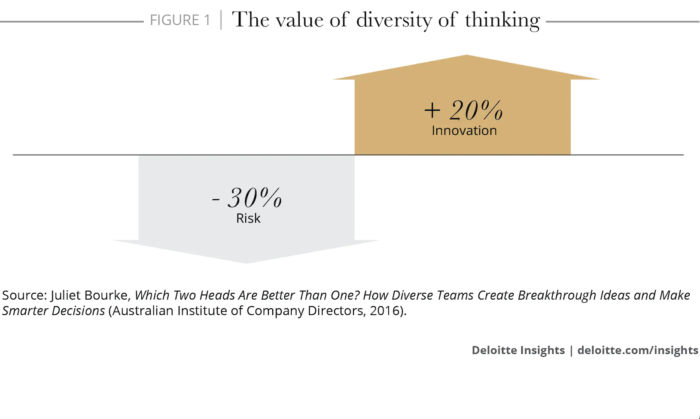
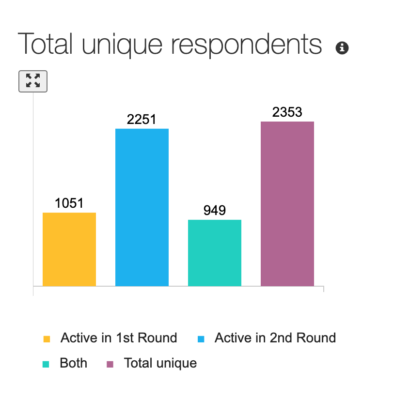
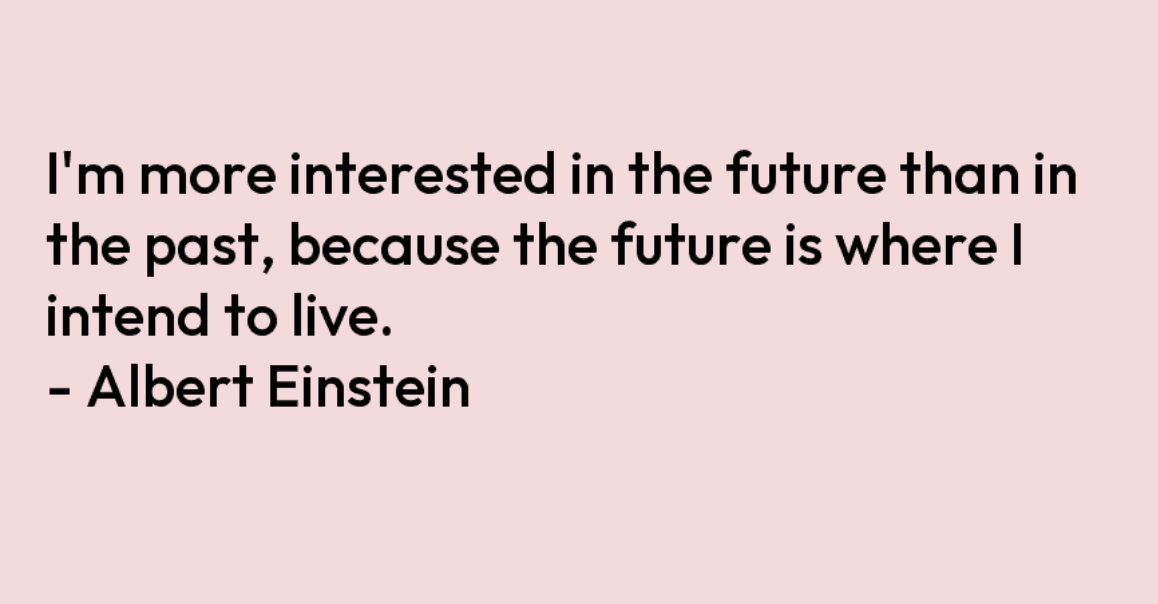 the one question that makes the difference and triggers discussions and thoughts, and that people want to answer? Focus more on questions about the present and the future, instead of the past. Read our White Paper that includes 18 guiding principles to design your own
the one question that makes the difference and triggers discussions and thoughts, and that people want to answer? Focus more on questions about the present and the future, instead of the past. Read our White Paper that includes 18 guiding principles to design your own 